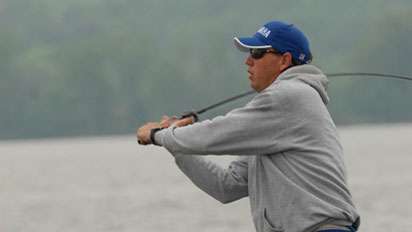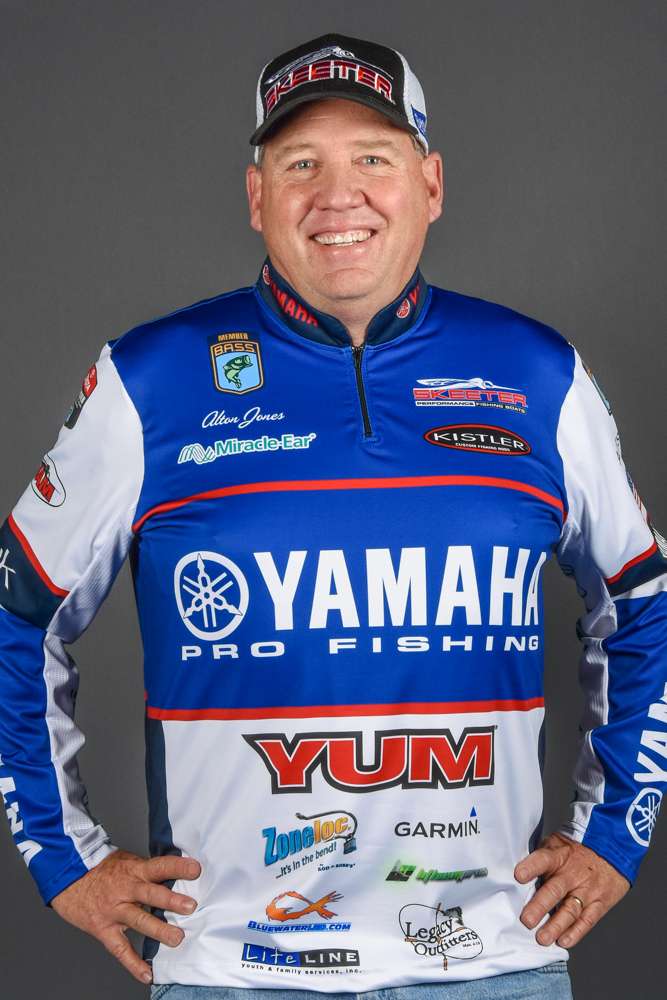
One tough thing about the Bassmaster Elite Series is that our season is over just as we're getting into one of my favorite times of the year. I love fall fishing and go out as often as I can even after the tournament year is done.
There comes a time every fall when the main lake just stops producing. It may be the fall turnover or it might be something else, but, when it happens, you just can't catch them out there like you did earlier in the season. That's when you have to head for the creeks.
Now, when I talk about creek fishing at this time of year, I'm talking about getting back in the creeks and coves to where the banks on either side of you are just a cast apart. That's where the baitfish are, and the bass are never far behind.
While fall turnover is playing havoc with the main lake, the backs of creeks are generally immune to turnover. Picking the right creeks, though, is the key.
First, you want one with a well-defined channel. In my experience, the most productive channels are 5 to 6 feet deeper than the surrounding water and 8 to 12 feet deeper around the outside bends. If the creek channels are silted in, the area just won't produce as well.
You also want to find stable creeks, by which I mean those that are not susceptible to muddying up after just a few drops of rain. If a fall rain makes things a little dingier, that's OK, but you want to stay away from creeks that are dramatically impacted by a little rain.
I have two favorite baits and techniques for fishing the backs of fall creeks. The first involves a 1/4-ounce Booyah jig and the second utilizes a 3/8-ounce Booyah spinnerbait.
Pitching and casting the jig is my favorite technique at this time. The key is the light weight. Whereas a lot of guys will pitch and flip a heavier jig at this time, I'll get a lot more bites — even fishing behind them — by using the lighter jig.
Remember, we're starting to get some cold nights and they can really affect the bass at this time of year. It's the first real cold they've felt in months, so it has a big impact.
Catching them is all about the proper presentation. With that 1/4-ounce jig, I'll make pinpoint presentations to cover, and the bait will fall very slowly. Heavier baits fall too fast at this time of year, but that little jig gives the bass a better opportunity to grab it. It can make a big, big difference.
With the spinnerbait, I usually choose a chartreuse and white model with one or two blades. I generally go with Colorado or Indiana blades at this time since the water can be a little dingy and those styles of blades offer more vibration or "thump" than a willowleaf blade.
Slow roll the spinnerbait around visible cover and the edges of the creek channel. It's a little faster technique than the jig, and it will let you cover some water until you find the bass.
This is exactly the pattern I was working in the fall of 1996 to finish 5th in the Bassmaster Tennessee Top 100 on Old Hickory Lake. I found a couple of creeks that looked like they were silted in but had lots of good water once I got my boat past the silt barrier. The pattern paid off for me then, and it still does today.





